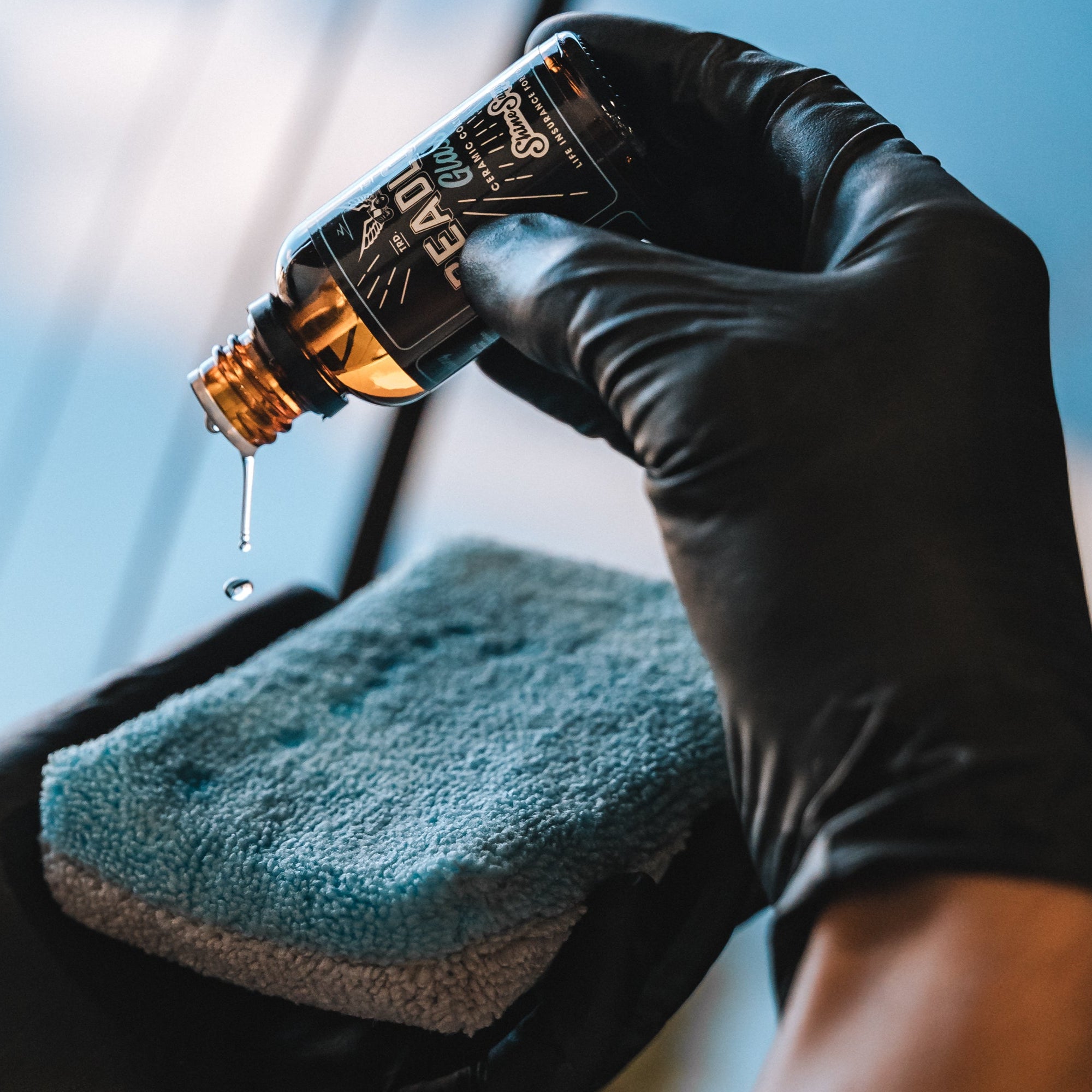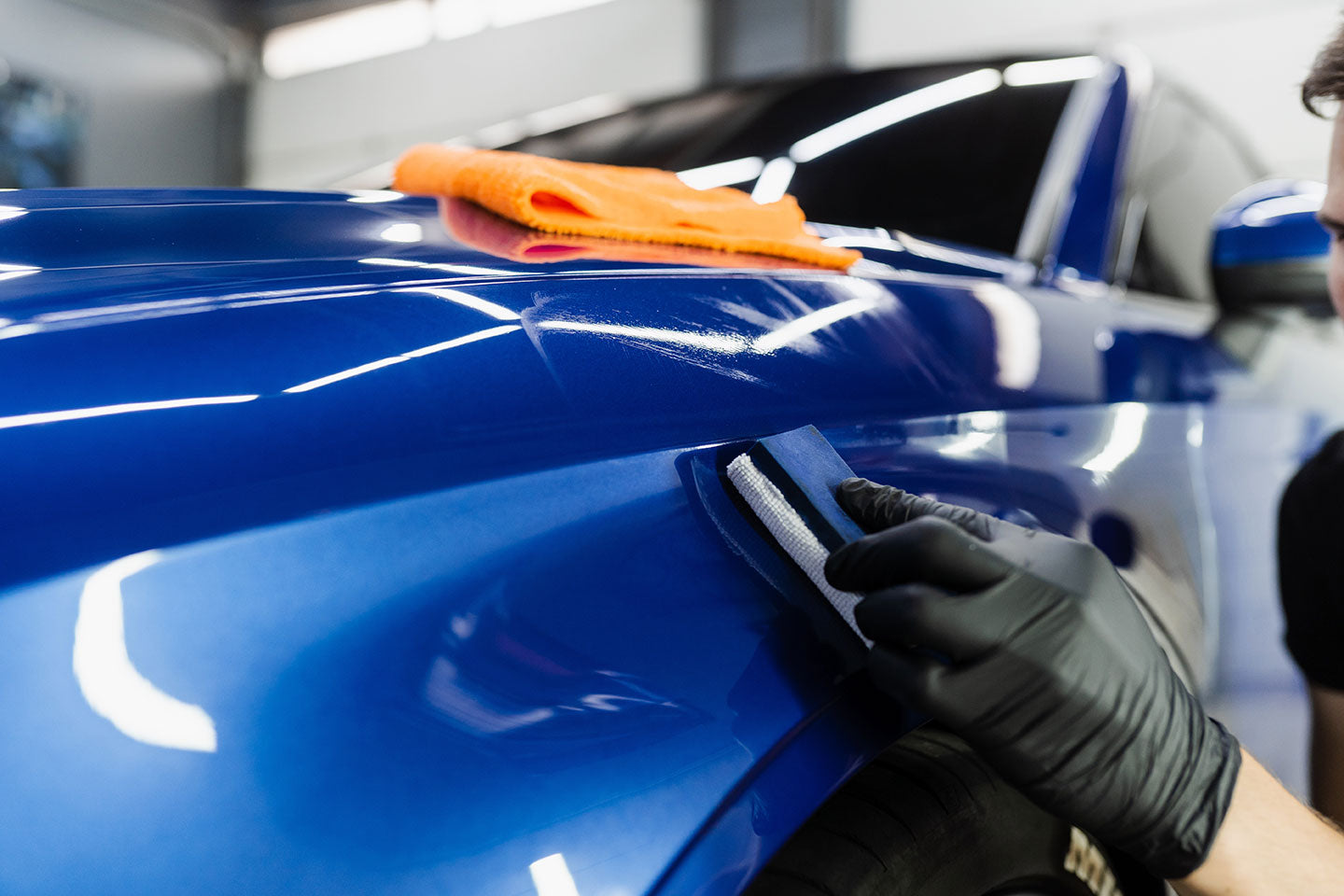A Comprehensive Overview to the Kinds of Ceramic Covering on the Market
Ceramic finishings have emerged as a pivotal solution across various industries due to their distinct buildings and applications. As we explore the unique attributes and applications of these finishes, the effects for efficiency and longevity end up being significantly obvious, elevating inquiries about which kind may best match your demands.
Comprehending Ceramic Coatings
Ceramic coverings are innovative protective options that have actually gotten popularity in numerous industries, specifically in automotive and aerospace applications. These layers contain a fluid polymer that, when healed, creates a long lasting, hydrophobic layer externally of the substrate. This layer supplies improved resistance to environmental pollutants, UV radiation, and chemical direct exposure, consequently extending the life and aesthetic appeal of the underlying product.
The essential part of ceramic coverings is silica, which adds to their solidity and durability. The application procedure normally involves surface area preparation, application of the finish, and curing, which can be attained with warm or UV light. Once healed, ceramic coatings show phenomenal bonding residential or commercial properties, enabling them to adhere strongly to a selection of surface areas, consisting of metals, plastics, and glass.
In addition to their protective attributes, ceramic finishings also provide ease of maintenance. Their hydrophobic nature minimizes the adherence of dirt and grime, making cleansing less complex and less constant. On the whole, the fostering of ceramic finishes stands for a substantial development in surface protection technology, giving both functional and visual advantages throughout several industries.
Kinds Of Ceramic Coatings
Various kinds of ceramic coatings are readily available, each developed to satisfy certain efficiency needs and applications - Paint Protection Film. The most usual kinds include:
Silica-based Coatings: These finishings largely are composed of silicon dioxide and are known for their sturdiness and chemical resistance. They are commonly utilized in automotive and industrial applications.
Titanium Dioxide Coatings: Prominent for their photocatalytic homes, titanium dioxide finishes are often used in environments where self-cleaning and antifungal buildings are preferable, such as in structure products and vehicle coatings.
Zirconia Coatings: Defined by their high-temperature stability and thermal resistance, zirconia finishings are utilized in applications such as wind turbine engines and high-performance automobile parts.
Alumina Coatings: Displaying exceptional firmness and thermal security, alumina finishes are often used in wear-resistant applications, consisting of reducing devices and industrial machinery. - scratch repair sarasota
Crossbreed Coatings: Incorporating the properties of various products, crossbreed finishes provide enhanced performance attributes, making them ideal for distinct and requiring applications.
Each sort of ceramic finish offers distinctive purposes, enabling customers to choose the most proper remedy based on certain ecological conditions and efficiency requirements.
Advantages of Ceramic Coatings
Coatings play an important role in boosting the efficiency and durability of surfaces across different markets. Ceramic finishes, specifically, deal numerous advantages that make them significantly prominent among suppliers and consumers alike. Among the key benefits is their exceptional sturdiness. These finishings are resistant to scrapes, chemicals, and UV rays, making sure that Resources the underlying surface continues to be protected gradually.
In addition to sturdiness, ceramic coverings provide superb hydrophobic residential or commercial properties, enabling simple cleansing and upkeep. This water-repellent nature decreases the adherence of dirt, gunk, and other impurities, which can prolong the visual appeal and capability of the surface area. Ceramic finishes can considerably boost thermal resistance, making them optimal for applications that sustain high temperature levels.

Application Refine
When applying ceramic finishes, a precise strategy is vital to achieve ideal outcomes. The application procedure typically starts with complete surface area prep work. This involves washing, sanitizing, and polishing the surface area to remove all contaminations, including dirt, oil, and prior waxes or sealants. A clean surface ensures correct attachment of the layer.
When the surface is prepped, the next step is to apply the ceramic covering. This can be done utilizing an applicator pad or a microfiber towel, guaranteeing also protection. It is crucial to function in little areas to maintain control and avoid premature curing. The coating needs to be applied in thin layers, as thicker applications can bring about uneven coatings.
After application, the coating calls for a specific healing time, normally varying from a couple of hours to a full day, depending on the product. Following these steps diligently will make the most of the efficiency and durability of the ceramic layer, supplying a resilient safety layer check these guys out for the surface area.
Maintenance and Long Life
To guarantee my company the durability and effectiveness of a ceramic finish, routine maintenance is vital. Ceramic coverings, recognized for their sturdiness and safety high qualities, require details treatment regimens to optimize their life-span and efficiency.
In addition to normal washing, periodic examinations are crucial. Seek signs of wear or damages, such as hydrophobic residential or commercial properties diminishing or surface blemishes. If necessary, a light polish might be used to rejuvenate the covering without stripping it away.
In addition, the application of a booster spray can enhance the covering's hydrophobic impacts and restore its gloss. This is specifically useful for coatings that have actually remained in use for a prolonged period. Ultimately, by adhering to these maintenance methods, one can substantially extend the life of a ceramic layer, guaranteeing that it proceeds to offer optimum protection against environmental variables and keep the aesthetic appeal of the lorry.
Final thought
